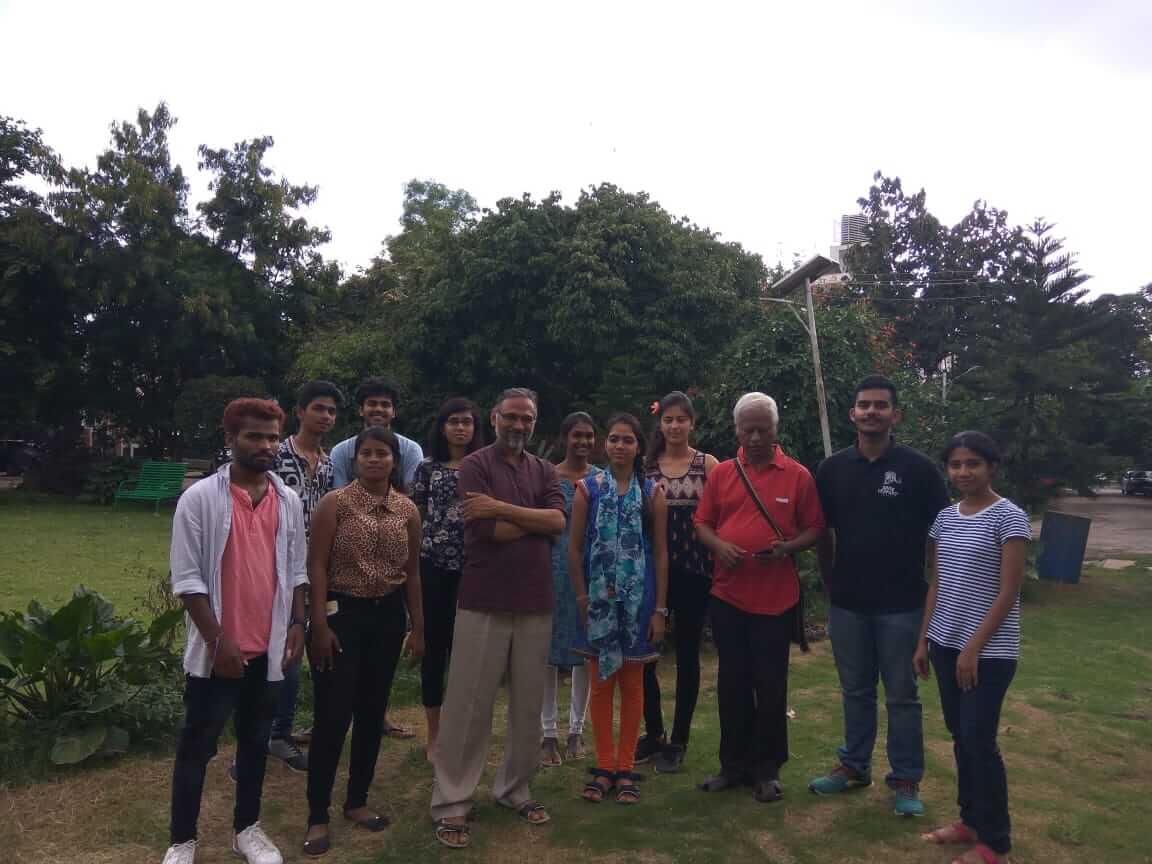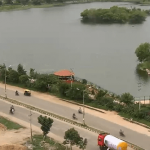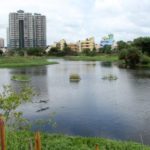
By Anuksha Dey
An IT sector employee, KP Singh (54) is a grassroots activist turned politician. About 22 years ago, he left UP and came to Bengaluru to work for the technology industry. Soon, he found himself drawn to social causes. Since the pandemic, he has been in the frontlines, distributing food and medical requirements across the city. As the national secretary of Swarajya India party, he is currently involved in coordinating supplies to the farmer protesters in Delhi through party workers who help with the distribution of aid. Before Singh joined Swarajya, he was involved in grassroots level activism in Bengaluru for 15 years. He was instrumental in creating the city’s first eco-friendly, sustainable and completely self-sufficient neighbourhood.
Rainwater harvesting
In 2003, Singh moved to Rainbow Drive Layout in Bellandur, a time when the place was severely undeveloped. The area was outside the jurisdiction of the Bruhat Bengaluru Mahanagara Palike (BBMP). “Since the area was 20-30 km outside Bangalore, we realised we would not get water from the BWSSB (Bangalore Water Supply & Sewerage Board),” says Singh. “There was a need for the colony to manage its own water supply.”
In 2007, the pilot project for creating a sustainable water management system was started with water recharge wells being set up in the layout. Done in collaboration with Biome Environmental Solutions, Singh’s house was amongst the first to get a well for collecting rainwater.
In 2010, Singh became the secretary-general of the resident’s welfare association in the layout and took over the rainwater harvesting project. He encouraged every resident to shift to rainwater harvesting and take water management into their own hands.
The project was funded by the residents of the Rainbow Drive Layout and the organisation collected about Rs 20000 per household in the area. However, Singh points out that this is a small price to pay for a lifetime of reliable water supply: “If you live in an apartment you end up paying Rs 1000 for water supply each month.”
Today, Rainbow Drive Layout is the only colony with 200 recharge wells in a 33-acre area. Every house has a three-feet wide, 25-feet deep well for rainwater harvesting.

City’s first natural sewage treatment plant
As Bellandur developed, two sewage treatment plants (STP) were built in the neighbourhood. However, these STPs needed a large amount of energy. Frequent power cuts in Bellandur made them an unfeasible option. Moreover, the eco-conscious residents of Rainbow Layout did not want to invest in a generator that runs on diesel.
Instead, Singh and his neighbours constructed a phytorid technology-powered sewage treatment plant that treats the sewage from the layout with the help of natural marshes. The plant has only one motor which pumps water into the natural sewage treatment. The procedure uses a fraction of the power required by the original STPs and minimal manpower. The project has been replicated in other parts of Bengaluru.
Water from the STP is directed back to the houses and serves as an additional water source. The water is used in the lawns and backyard gardens.
Composting and backyard farming
Most people in Rainbow Drive Layout have also started growing vegetables in their gardens. “I grow 6-7 vegetables in my own backyard,” says Singh. “Our layout is a green neighbourhood as we have about 500 trees and they are all maintained by the residents.”
The compost used in the gardens is from the wet waste produced by the residents, and the water is derived from the STP. The resident initiated projects have turned Rainbow Drive Layout into a completely independent and sustainable zero-waste zone.
Other movements
Being a social-oriented citizen, Singh started volunteering with various organizations from 2006 and became aware of the civic issues in the city, the condition of the lakes, the groundwater scarcity, and the lack of public transport. Since he moved to Bangalore, he has been part of a number of social movements, such as Citizens for Bengaluru and Bellandur Jothege. Most notably, he was part of the 2016 Chuku Buku Beku campaign (We Want Trains Campaign), which demanded better train connectivity in Bangalore.
He was also involved in the Steel Flyover Beda campaign against the clearing of trees to create a flyover from Basaveshwar Circle to Hebbal. He was involved in agitations for overhead bridges for pedestrians and the Bus Lane project to make Bangalore safer. Singh has also been working on lake rejuvenation projects in the city for over 15 years.
Making the social political
Singh’s political career began with the anti-corruption Anna movement of 2011. With 22 years of corporate experience in telecom, R&D and cybersecurity, he decided to become an official member of the Aam Aadmi Party (AAP) and went on to become a central party member of Swaraj India Party when it was formed in 2016. “Mine is grassroots politics,” he says. “It is the politics of issues, not just electoral politics.” According to him, politics is not about just about enrolling and winning elections; it is about highlighting crucial issues. “I work to bring social issues into the mind space of the masses, the middle classes as well as people in power,” he says, citing Medha Patkar’s Narmada Bachao Andolan as an example of the grassroots politics and its impact. “Only when something becomes political do people come to know about it.”




